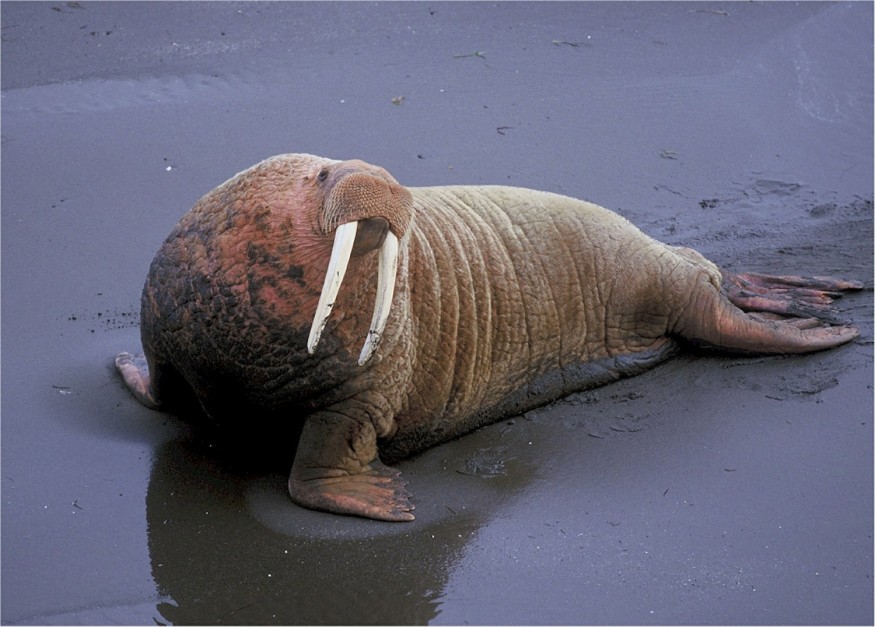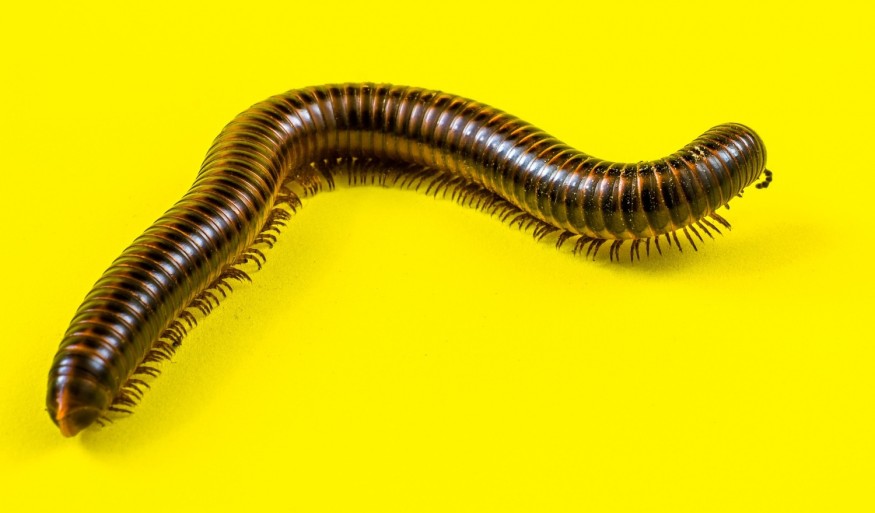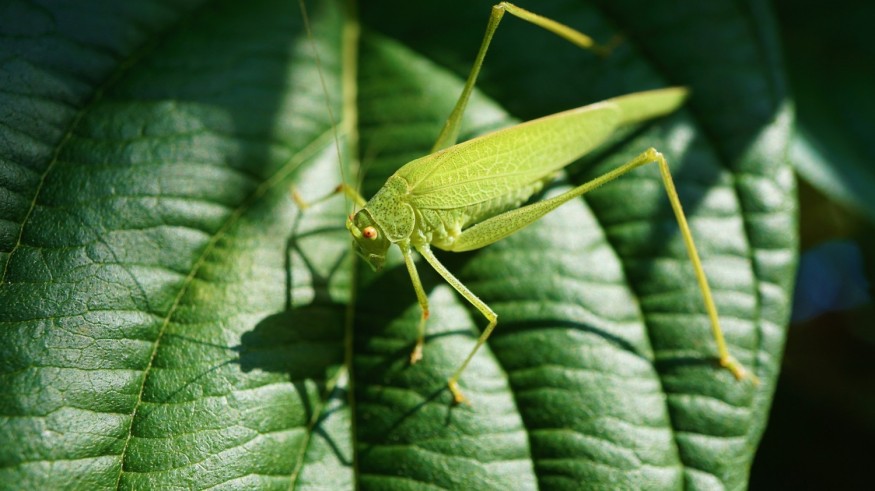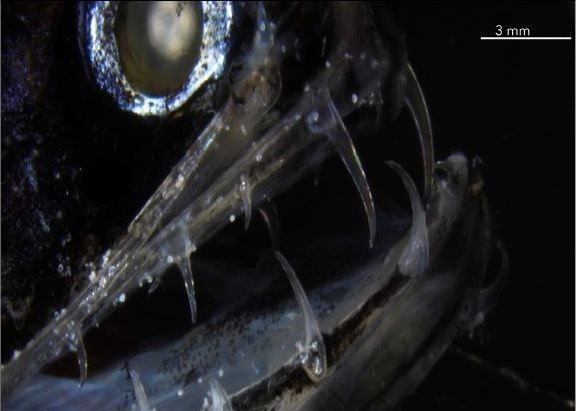
Nature never needed humans to go "metal," and 2019 was no different. This year was so metal that even cockatoos taught themselves to headbang.
There would be no lead in our Zeppelins, no iron for our Maidens, and no rocks to roll all night if a pack of exploding stars hadn't created the universe's most massive elements billions of years ago.
Now, we made a collection of five times nature rocked in 2019 in humble appreciation of these epic stories and others.
1. Walrus mom submerges boat

You probably don't pay much time considering how unmerciful these walruses are - unless got too close to one of her calves.
A group of Russian marine scientists had encountered such an unfortunate scenario in September 2019, when they docked on a remote island in the Russian Arctic during a research journey. The team, according to a report from the Russian Geological Society, landed their boat near a family of walrus, leading the parent to attack the vessel - and wreck it.
The report said the boat sank, but the passengers in the ship arrived safely at the coast. Mother walrus and her family were also safe.
2. Reindeers create mosh pit

Rudolph, the red-nosed reindeer, didn't go restrained in history to fight for his bravery. Clunky and herbivorous reindeer are much better at getting away from predators than they are at fighting them.
"Wild Way of the Vikings," a PBS documentary, unveiled in February 2019 how Rudolph did the "reindeer cyclone." A herd of reindeer, when threatened by a wolf's fangs or a hunter's arrow, may stampede across the ground in a helical shape that makes the predator impossible to target any particular member of the pack.
The documentary by PBS explained that the cyclones once confounded Viking hunters in Norway. The modern researchers, thanks to some stunning drone footage, could wonder at the awesomeness of this furry mosh pit while munching on beef jerky from the safety of our houses.
3. Headbanging worms wake sea

These deep-sea worms prove that life didn't need us to develop headbanging either if reindeers determine that nature didn't need humans to invent the mosh pit.
The paper clip-size worms called Leocratides kimuraorum - which lurks within sea sponges up to 550 feet (167 meters) deep off the coast of Japan - are almost transparent and exceptionally quiet until it's time to rock out. These worms charge each other, expand their throat muscles to create a high-tension bubble and then butt heads until those bubbles burst in an ear-splitting "pop" when two demons engage in what researchers describe as a "mouth fight."
Researchers discovered in a July 8 study that each pop could reach up to 157 decibels in water, causing this headbanging to fight some of the noisiest animal interactions in the sea.
4. Grasshoppers go biblical

"Grasshopper blizzard" seems like a draft story for one of the ten plagues removed from the Old Testament before the Bible's publication. Las Vegas experienced such plage firsthand during Summer 2019 when thousands of migrating insects thronged the city several nights in a row.
Swarms of well-fed desert grasshoppers collectively took their path directly to Las Vegas this July as part of their regular seasonal migration after a rainy spring that filled the Mojave Desert with lots of tasty vegetation. Tens of thousands of the bugs alighted on the Strip, perhaps enticed by the bright lights or promise of free drinks, blanketed the sidewalks and smoldering around streetlights like living snow flurries.
Meteorologists took the scenario for a storm when the cloud of insects appeared on weather radars on July 27 due to the density of the grasshoppers. The harmless bugs left a few weeks later, leaving Vegas visitors with nothing.
5. Dragon grows 'invisible' fangs

You might think chompers like deep-sea dragonfish would be enough to make sea critters running in fear. But the dragonfish's fangs are almost invisible, not even reflecting the light from the fish's own bio luminescent body.
How is this carnivorous trick achievable? The researchers, whose study published in June, examined the dragonfish fangs under an electron microscope. The team discovered an array of grain-size nanocrystals speckled over each tooth's enamel that obstructs light from scattering.
The researchers wrote that the same trick could spark human-sized cloaking tools, allowing the clever Muggles to sneak around like its lights out at Hogwarts, lurking in plain sight.
© 2025 NatureWorldNews.com All rights reserved. Do not reproduce without permission.





